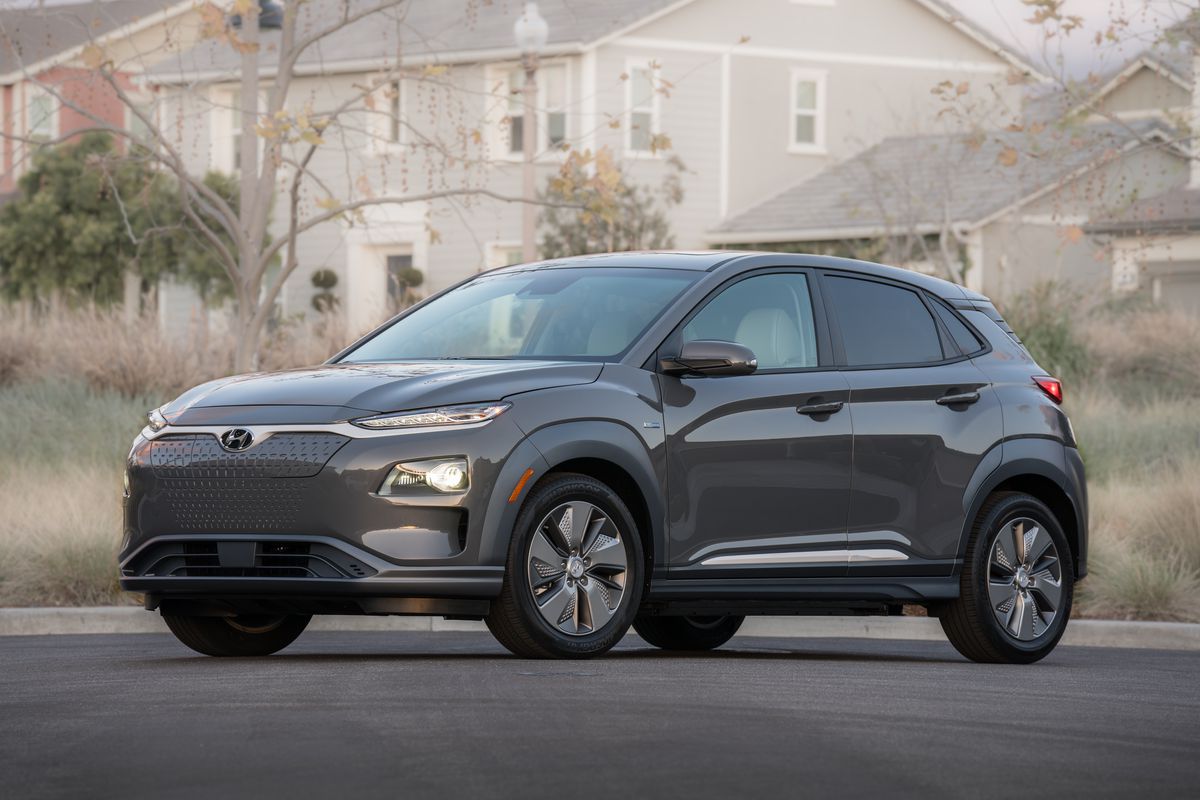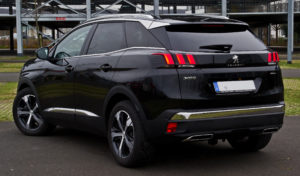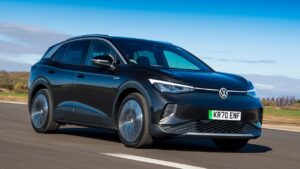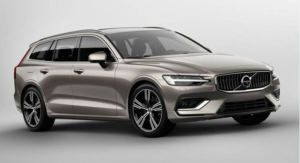In response to the growing demand for an all-electric SUV, Hyundai launched their compact Kona crossover in EV form in mid-2018, arriving to UK shores in the middle of last year. This is certainly a feather in the cap for the surging South Korean brand, and I’m happy to report that the vehicle is very well put together.
It should come as no surprise that the Kona EV shares many of the same components, including the exact same electric motor, as the Kia Nero EV. Lest we forget that Hyundai Automotive is part owner of the Kia brand, dating back to 1998. This is nothing new as the sharing of platforms across many different models is now the norm across virtually all the major car manufacturers around the world (hello Volkswagen Audi Group – VAG – with their 9 brands under one roof!).
Arguably the most important criteria for any new EV that comes to market is two-fold: battery range and price. Let’s look at the first… The Kona EV comes equipped with a 64kWh lithium-ion battery (the only one on offer) that returns a claimed 279 miles between charges. I am a firm believer that one must discount any advertised range by at least 20%. This means that, according to me, the Kona EV will give you around 220miles between charges. This suggests that it won’t be suitable for long road trips, but for any trip under a couple of hours, including all city driving, it will be just fine. In terms of price, on paper the Kona EV appears to be attractive. I say on paper because prices allegedly start at around £19k for the Kona EV. I’m not sure how many of those specific base-model Konas will be available to buyers here in the UK so it’s best to take the higher end of the price range which is around £38k. This isn’t too bad, but once again fails to address the public concern that EVs remain stubbornly expensive, but does sit competitively against the likes of the more popular Nissan Leaf.
At the outset, the new Hyundai Kona EV certainly shares more than a passing resemblance to many of the small cross-over SUVs currently on the market (not least its sister brand the Kia Nero EV!) but there are a few design features that makes this model “pop” just a little more. I’m thinking mainly of the flared wheel arches which gives the car a more rugged appearance, but not in an over-the-top way, a la Citroen Cactus (gulp!). Typically I’m not a fan of plastic-covered wheel arches but in this case, it works.
And how about the drive, you ask? I won’t bore you with yet more talk of “silent driving” and “incredible acceleration” because being a pure EV, this is what you’ll get in… every EV. However, the suspension set-up on the Kona EV has been adjusted just right to ensure minimal body roll on turns and roundabouts, thus doing a great job of covering over the fact that this car – like all EVs – is indeed very heavy because of the batteries that line the floor. And yet, the tighter suspension has come at a cost; one does feel bumps in the road a little bit more than in the Nissan Leaf but, really, it’s not that big a deal.
Moving inside and the Kona EV doesn’t disappoint. The cabin has clean lines and the buttons all feel sturdy to the touch. It certainly doesn’t have the upmarket feel of a Mercedes Benz but does feel considerably nicer than the Leaf. Cabin space is fine, although this shouldn’t be confused with anything other than what it is – a compact crossover SUV. Four adults can fit comfortably, five in a pinch. If you need something bigger be prepared to pay a lot more.
So should you buy one? If you’ve weighed out all the pros and cons of EV ownership and have deduced that an EV does fit your lifestyle, then absolutely. This is a well put together and stylish crossover EV that, compared to other EV offerings, comes at an attractive price. What’s not to like?




